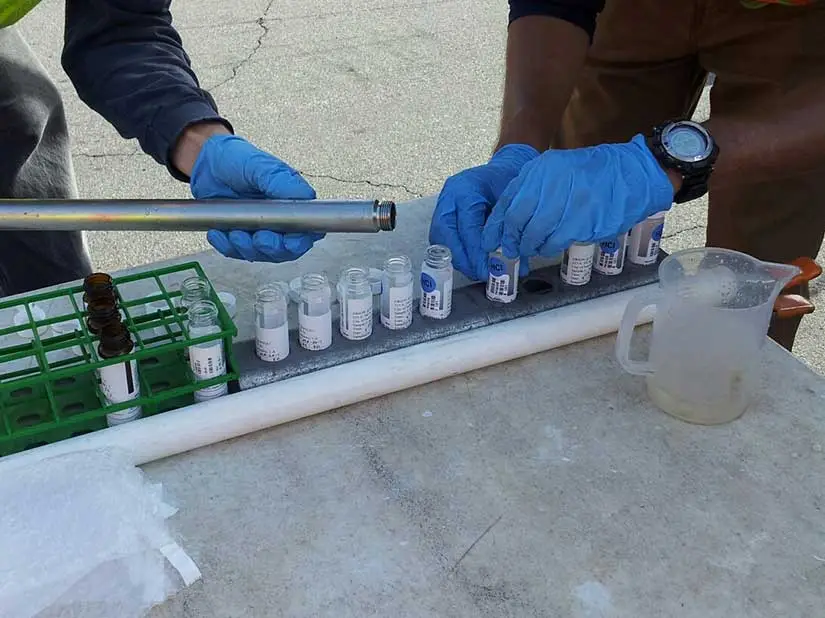Hydrogeological Consulting & Monitoring at Superfund Site
Client Challenge
An aerospace leader is managing the groundwater monitoring and sampling program within a section of a large, longstanding Superfund site, with remaining chlorinated solvent plumes. The facility owner, a leader in the aerospace industry, requested both professional hydrogeological consulting support and technical field services to achieve greater efficiencies in managing the monitoring program and optimizing remediation approaches.
The company was seeking efficiencies by unifying multiple aquifer zones into one program. Groundwater sampling is conducted at nearly 200 production, remediation, and monitoring wells over several square miles. Monitoring wells are located in public right of ways and private properties, including active industrial and commercial facilities requiring compliance with access agreements, traffic controls, and stakeholder coordination.
GES Solution
Diverse methods are used to collect and evaluate high quality data at wells ranging from 100 to 600 feet below grade. These methods include sampling and gauging of advanced multilevel monitoring wells as well as conventional three-purge and low-flow well sampling methods. Multiple teams of groundwater sampling technicians are deployed for each semi-annual event to meet the project schedule. GES uses the data to prepare the required report of groundwater monitoring and sampling and analysis plans in alignment with the mandated environmental compliance plan.
Along with the ongoing monitoring program, GES was also requested to provide professional hydrogeological consulting services for the assessment of potential commingling of chlorinated plumes at the site. Evaluation results would impact current and planned groundwater remediation approaches.
GES hydrogeologists conducted an evaluation of the site conceptual model, historical data, and numerical groundwater models that had been developed over decades of investigation. GES communicated with water purveyors, regulatory personnel, and other consultants to obtain a full understanding of the complex subsurface environment and the current groundwater remediation approach. The analysis included hydrogeological cross sections and plume distribution mapping, and additional simulations to further define the flow and presence of contaminant concentrations in the well capture zones.
Client Value
GES concluded that the two contaminant plumes are vertically separated and are not currently commingling, and developed a timeline of likely movement of the plumes. With an enhanced understanding of current conditions and potential future scenarios, the client was able to refine its remediation approach and optimize groundwater treatment effectiveness.
